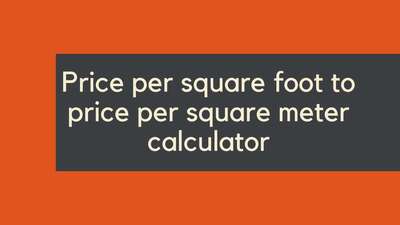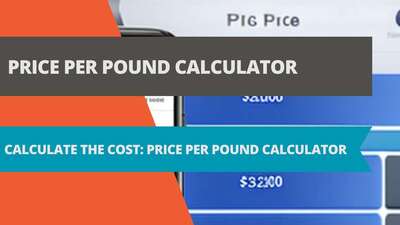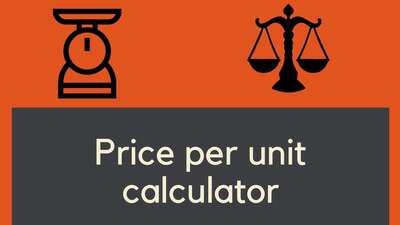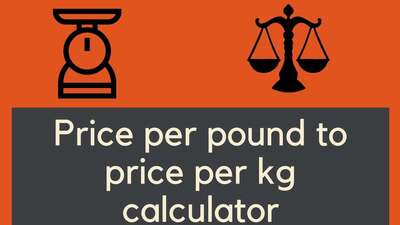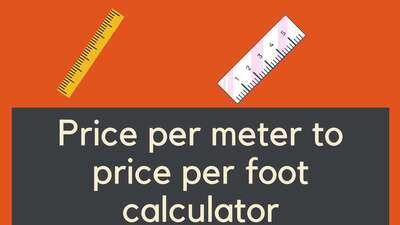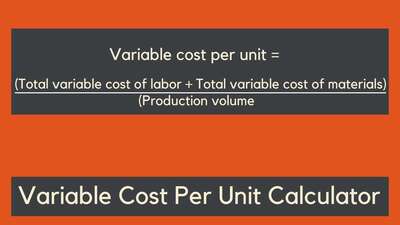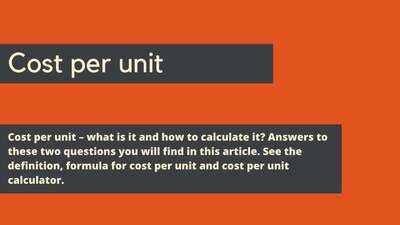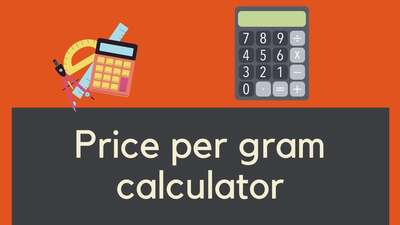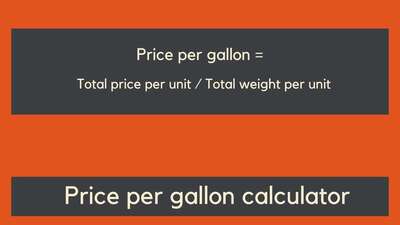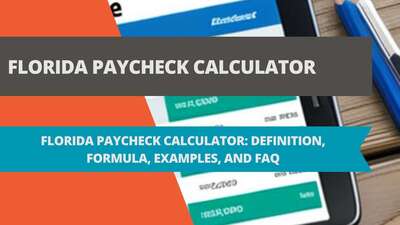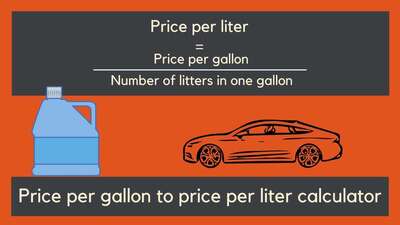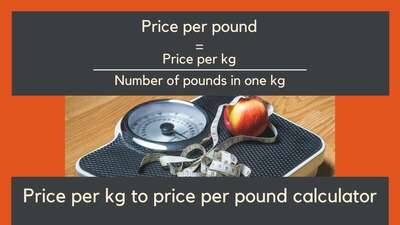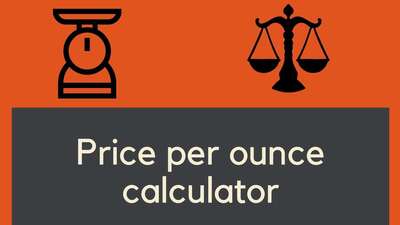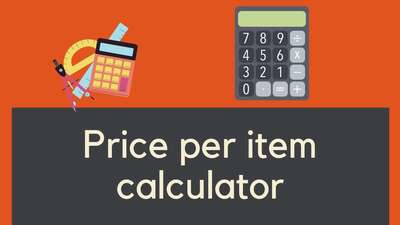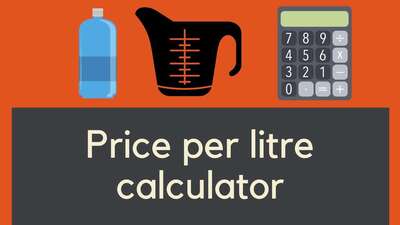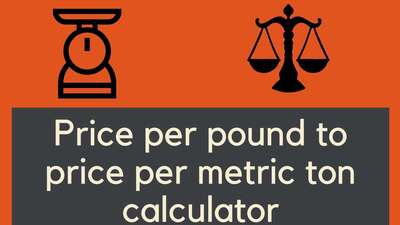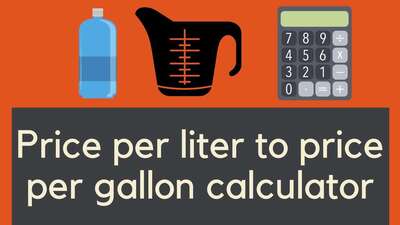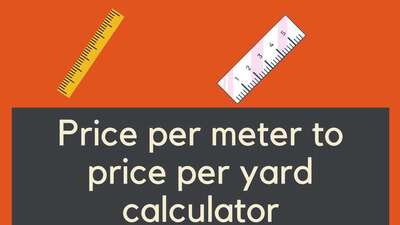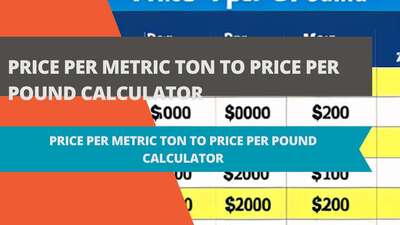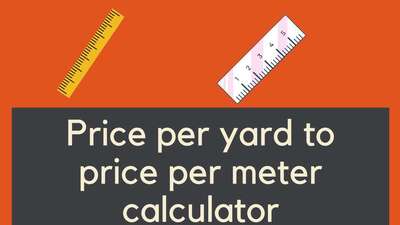Refinance Calculator

- Refinance Calculator: A Comprehensive Guide
- Refinance Calculator Definition
- Refinance Calculator Formula
- Refinance Calculator Conversion Factor
- Refinance Calculator Examples
- Refinance Calculator Examples in Excel
- Refinance Calculator Explanation
- Understanding Closing Costs in Refinancing
- The Role of Home Equity in Refinancing
- The Impact of Credit Score on Refinancing
- Break-Even Point in Refinancing
- Refinance Calculator FAQ
Refinance Calculator: A Comprehensive Guide
If you're considering refinancing your mortgage, it's important to understand the potential benefits and costs of doing so. One tool that can help you weigh your options is a refinance calculator. In this article, we'll explain what a refinance calculator is, how it works, and provide some examples to help you understand how to use it effectively.
Refinance Calculator Definition
A refinance calculator is a tool that helps you calculate the potential savings or costs of refinancing your mortgage. The calculator takes into account various factors, such as your current interest rate, the new interest rate, closing costs, and the length of the loan. By inputting these values into the calculator, you can get an estimate of your potential savings or costs over the life of the loan.
Refinance Calculator Formula
The formula used by a refinance calculator varies depending on the specific calculator you use. However, the general formula used by most refinance calculators is as follows:
Savings = (Current Monthly Payment - New Monthly Payment) x Months Left in the Loan
In this formula, "Savings" refers to the total amount you could potentially save by refinancing your mortgage. "Current Monthly Payment" is the amount you currently pay each month for your mortgage, while "New Monthly Payment" is the amount you would pay if you refinanced at a lower interest rate. "Months Left in the Loan" refers to the remaining length of your current mortgage.
Refinance Calculator Conversion Factor
The conversion factor used in a refinance calculator is the interest rate. This rate determines the amount of interest you will pay on your mortgage each month. A lower interest rate can save you money over the life of your loan, while a higher interest rate can cost you more. When using a refinance calculator, it's important to input accurate interest rates to get an accurate estimate of your potential savings or costs.
Refinance Calculator Examples
To help you better understand how a refinance calculator works, here are some examples:
Example 1: Current Mortgage: $200,000 Current Interest Rate: 5% Current Monthly Payment: $1,073 Remaining Loan Term: 20 years
Refinanced Mortgage: $200,000 New Interest Rate: 4% New Monthly Payment: $955 Remaining Loan Term: 20 years
Using the refinance calculator formula, we can calculate the potential savings:
Savings = ($1,073 - $955) x 240 Savings = $28,320
In this example, refinancing the mortgage could save the borrower $28,320 over the remaining life of the loan.
Example 2: Current Mortgage: $250,000 Current Interest Rate: 4% Current Monthly Payment: $1,193 Remaining Loan Term: 30 years
Refinanced Mortgage: $250,000 New Interest Rate: 3.5% New Monthly Payment: $1,123 Remaining Loan Term: 30 years
Using the refinance calculator formula, we can calculate the potential savings:
Savings = ($1,193 - $1,123) x 360 Savings = $25,200
In this example, refinancing the mortgage could save the borrower $25,200 over the remaining life of the loan.
Refinance Calculator Examples in Excel
If you prefer to use Excel, you can create your own refinance calculator by using the formula and examples above. Here's how to do it:
- Open a new Excel spreadsheet.
- In cell A1, enter "Current Mortgage."
- In cell B1, enter the current mortgage amount.
- In cell A2, enter "Current Interest Rate."
- In cell B2, enter the current interes rate as a percentage.
- In cell A3, enter "Current Monthly Payment.
- In cell B3, enter the current monthly payment amount.
- In cell A4, enter "Remaining Loan Term."
- In cell B4, enter the remaining length of the loan in months.
- In cell A5, enter "Refinanced Mortgage."
- In cell B5, enter the new mortgage amount.
- In cell A6, enter "New Interest Rate."
- In cell B6, enter the new interest rate as a percentage.
- In cell A7, enter "New Monthly Payment."
- In cell B7, enter the new monthly payment amount.
- In cell A8, enter "Savings."
- In cell B8, enter the refinance calculator formula: =(B3-B7)*B4.
- Adjust the cell formats as needed to display the results in currency format.
Using Excel, you can quickly and easily calculate the potential savings of refinancing your mortgage.
Refinance Calculator Explanation
The purpose of a refinance calculator is to help you determine whether or not refinancing your mortgage is a good financial decision. By taking into account factors such as your current interest rate, the new interest rate, closing costs, and the length of the loan, a refinance calculator can give you an estimate of your potential savings or costs.
It's important to note that a refinance calculator is not a substitute for professional financial advice. While a refinance calculator can provide valuable information, it's always a good idea to consult with a financial advisor or mortgage professional before making any major financial decisions.
Understanding Closing Costs in Refinancing
Refinancing a mortgage, while potentially beneficial, comes with its set of costs that homeowners must navigate. Among these, closing costs are perhaps the most misunderstood and underestimated. Closing costs are a collection of fees and expenses you're required to pay upon finalizing the refinancing process.
The composition of these costs can vary, but they generally encompass:
- Application Fees: Charged by the lender to process your refinancing request.
- Appraisal Fees: Incurred to reassess the value of your home, ensuring the loan amount aligns with the property's worth.
- Title Search Fees: Paid to verify that the title of your property is clear of any liens or disputes.
- Origination Fees: Cover the lender's costs for creating the new loan.
- And various other associated charges.
It's tempting to focus solely on the allure of a reduced interest rate when considering refinancing. After all, a lower rate can lead to significant long-term savings. However, it's crucial to take a comprehensive view. Closing costs can be substantial, often amounting to 2-5% of the loan's principal. Therefore, it's vital to calculate whether the savings from a decreased rate genuinely offset these upfront expenses.
If, for instance, you intend to sell your home in the near future, the monthly savings may not have enough time to accumulate and cover the closing costs. In such cases, refinancing might not be the most economical decision. Homeowners should carefully evaluate the entire financial picture, including these sometimes hidden costs, before diving into the refinancing process.
The Role of Home Equity in Refinancing
Refinancing a mortgage requires a keen understanding of several variables, and one of the most pivotal among these is home equity. Essentially, home equity represents the financial stake you've built up in your property over time. It's calculated by taking the difference between your home's current market value and the remaining balance on your mortgage.
The amount of equity you possess can have a profound impact on your refinancing journey:
- Advantages of High Equity: A robust equity position in your home often translates to more favorable refinancing opportunities. Lenders see homeowners with substantial equity as lower-risk borrowers. This means you might be eligible for:
- Better interest rates
- More flexible loan terms
- The possibility to tap into your home's equity through cash-out refinancing, providing funds for other major expenses.
- Challenges with Low Equity: If you've accumulated little to no equity, or worse, if you're underwater on your mortgage (where the owed amount exceeds the home's value), refinancing can be more intricate. Under these circumstances, you might face:
- Higher interest rates
- More stringent approval processes
- Limited loan product options
Moreover, it's essential to remember that while home equity can significantly influence your refinancing prospects, other factors like your credit score, income stability, and overall financial health also play integral roles in the refinancing process. Always approach refinancing with a holistic perspective, taking into account all aspects of your financial situation.
The Impact of Credit Score on Refinancing
In the realm of refinancing, few factors hold as much sway as your credit score. This numerical representation of your creditworthiness doesn't just affect your eligibility for refinancing; it's also a cornerstone in determining the terms, especially the interest rates, that lenders offer you.
Generally speaking, the relationship is straightforward:
- Higher Credit Scores: Those boasting robust credit scores are often met with more favorable terms. This includes:
- Lower interest rates
- More flexible loan options
- Streamlined approval processes
- Lower Credit Scores: Conversely, individuals with lower credit scores may find refinancing more challenging, facing:
- Higher interest rates
- Stricter loan requirements
- Potentially larger upfront fees or costs
Given the importance of your credit score, it's prudent to review it before initiating the refinancing process. Today's digital age offers a plethora of platforms where you can access and monitor your credit report. Identifying any discrepancies and addressing them can make a significant difference.
Moreover, if you recognize room for improvement in your credit score, consider taking proactive measures. This might entail:
- Paying off outstanding debts promptly
- Reducing credit card balances
- Avoiding opening new credit accounts in the short term
While it might be tempting to dive straight into refinancing, sometimes patience can be financially rewarding. Waiting a few months to bolster your credit score might seem tedious, but the potential long-term savings on your mortgage can be well worth the wait.
Break-Even Point in Refinancing
At the heart of the refinancing decision lies the concept of the break-even point. But what exactly does it entail? The break-even point in refinancing represents a critical juncture where the cumulative savings from a reduced monthly payment matches the initial costs associated with the refinancing process.
To put it simply:
The break-even point is the moment when the financial benefits of refinancing (through savings) neutralize the upfront costs of the move.
Given its significance, it's imperative to understand and calculate this point before making any refinancing decisions. Here's how you can approach it:
- First, determine the total cost of refinancing. This might include:
- Application fees
- Origination fees
- Appraisal costs
- Any other associated charges
- Next, identify the monthly savings you'd achieve by transitioning to the new loan terms.
- Finally, divide the total refinancing cost by the monthly savings. The resulting number indicates how many months it will take to hit the break-even point.
Once armed with this knowledge, assess your future plans. If your intention is to stay in your home beyond the calculated break-even point, then refinancing could be a judicious financial step. On the flip side, if there's a possibility that you might relocate or sell your home before reaching this point, then you might want to think twice. In such cases, the costs could outweigh the benefits, making refinancing less advantageous.
In conclusion, understanding the break-even point is more than just crunching numbers. It's about aligning your financial decisions with your future aspirations and ensuring that every step you take is a stride towards financial prudence.
Refinance Calculator FAQ
Here are some frequently asked questions about refinance calculators:
Q: Are refinance calculators accurate? A: Refinance calculators are only as accurate as the information you input. If you enter accurate information, you can get a good estimate of your potential savings or costs.
Q: Is it worth refinancing my mortgage? A: The answer to this question depends on your individual financial situation. A refinance calculator can help you determine if refinancing is a good financial decision for you.
Q: Can I use a refinance calculator for other types of loans? A: While refinance calculators are typically used for mortgages, you can use a similar formula to calculate the potential savings or costs of refinancing other types of loans.
Q: How often should I use a refinance calculator? A: It's a good idea to use a refinance calculator periodically to monitor your financial situation and determine if refinancing is a good option for you.
In conclusion, a refinance calculator can be a useful tool to help you determine if refinancing your mortgage is a good financial decision. By taking into account various factors, such as your current interest rate, the new interest rate, closing costs, and the length of the loan, a refinance calculator can give you an estimate of your potential savings or costs. However, it's important to use accurate information and to consult with a financial advisor or mortgage professional before making any major financial decisions.
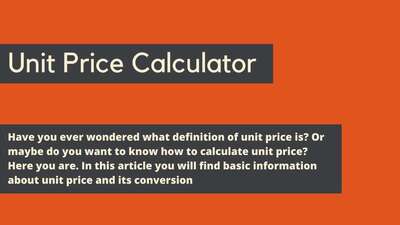

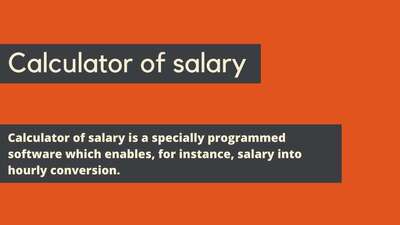


![Car Loan Calculator: Definition, Formula, Examples, and FAQs [2023 Guide]](/images/page/400/car-loan-calculator-13.jpg)
